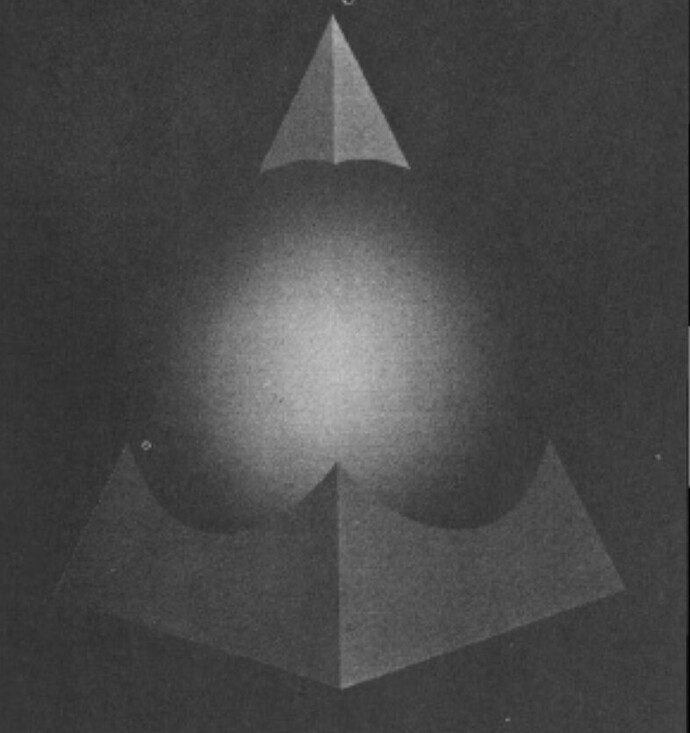In the late ‘70s, I got my hands on the datasheet for the soon-to-be-released 8086. That’s when Steve Freyder and I at the PLATO lab at the University of Illinois began work on an OS even before there were any physical chips. I asked Steve, who was my housemate at the time, to write an emulator for the 8086 using COMPASS macros (previously developed by Don Lee*) for the CDC Cyber 6500 on which PLATO was running. The reason I was so aggressive in getting to market first with an OS for the 8086 is that I knew that the first OS to for the 8086 that went into widespread adoption would create a network effect between software developers and software consumers, the quality of which would be constrained by the quality of the OS — and if commercialized would create a software monopoly.
So, we based our design on the DEC PDP RSX OS for real time functionality. Of course, the emulated interrupt structure wouldn’t have handled the nuances of string move instructions locking out interrupts. In any event, that project was disrupted by CDC offering me an opportunity to pursue development of a mass marketable version of the PLATO network, which would have bypassed the personal computer era entirely with network-based computers, but that’s another, tragic, story I’ve related elsewhere.
It probably bears mentioning that Cray had some conflicts with the NSA over their demand for string processing functions – obviously for cryptography – adding what came to be called “exponential kludge” in the Cyber argot I was familiar with. One instruction that the spooks wanted turned out to be really useful outside of string processing: was population count (number of on bits ina 60 bit word).
*Don Lee produced the first ray-trace image (below which appeared in Ted Nelson’s “Computer Dreams”) on a bet with Ron Resch who later went to the University of Utah and worked with Evans Sutherland on more sophisticated ray trace rendering tech. Interestingly, decades later, I had to call this bit of history to Jim Bliss’s attention as he was unaware of it.
